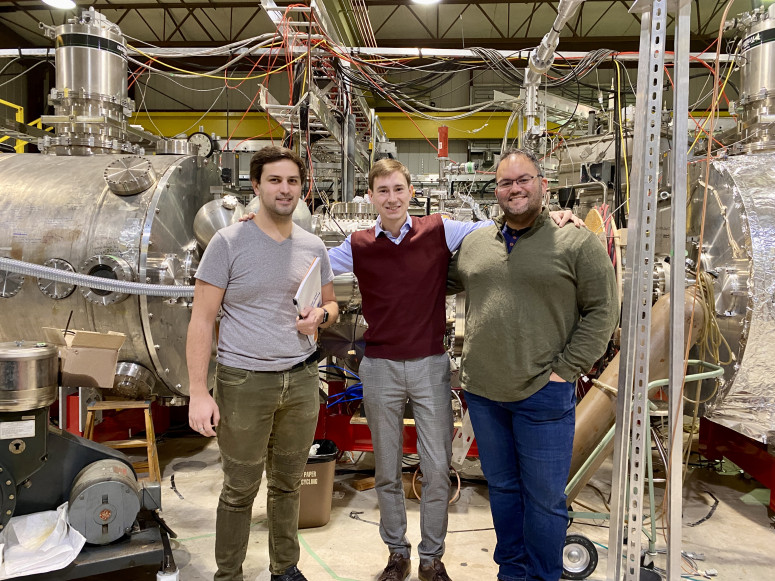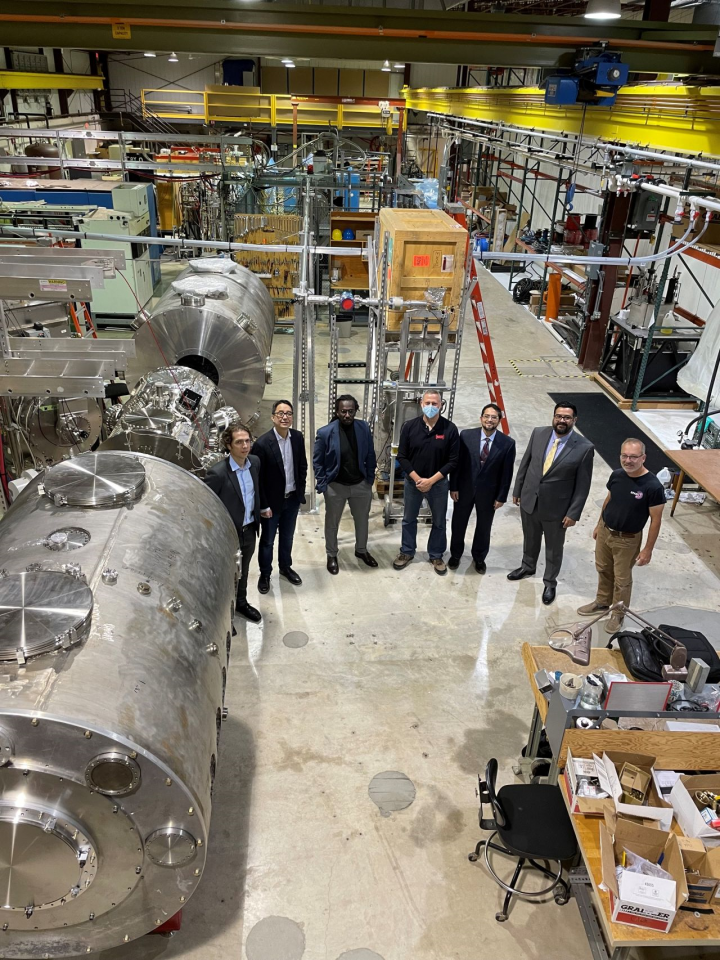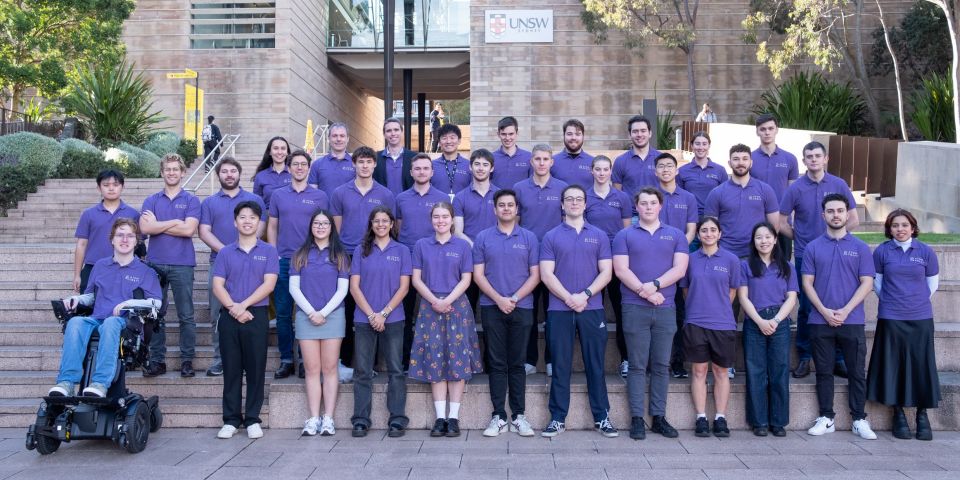UW-Madison postdoctoral research associate Mykola Ialovega, one of the study authors, explained, “The fusion community is urgently looking for new manufacturing approaches to economically produce large plasma-facing components in fusion reactors. Our technology shows considerable improvements over current approaches. With this research, we are the first to demonstrate the benefits of using cold spray coating technology for fusion applications.”
Addressing a problem: The study was designed to address a problem related to the high-temperature plasma inside fusion reactors. As the temperature of the plasma increases and the hydrogen nuclei in the ionized gas collide and fuse, some of the hydrogen ions become neutralized and escape from the plasma. Consequently, the plasma loses energy and heat, a problem that makes it difficult to sustain a hot plasma in a small fusion reactor.
Turning to tantalum: To counter this problem, investigators turned to tantalum, a metal that is able to absorb and trap hydrogen efficiently and effectively. They applied a tantalum coating with a cold spray process in order to propel the metal particles at high velocities onto a steel surface, flattening out the particles so that they coated the entire surface while maintaining nanoscale-sized boundaries between the metal particles. These microscopic boundaries are meant to facilitate the trapping of the hydrogen ions.
Testing and results: The researchers tested their cold spray coating technology on stainless steel substrates under extreme temperature conditions similar to those existing inside fusion reactors. To conduct their experiments, they used the PIIM Laboratory at Aix-Marseille University in France (the PIIM laboratory) and the PSI–2 linear plasma device at Forschungszentrum Jülich GmbH in Germany. The results demonstrated the effectiveness of the technology at trapping the hydrogen particles.
Kumar Sridharan, who leads the Nuclear and Applied Materials Research Group at UW-Madison, explained the investigators’ results: “We discovered that the cold spray tantalum coating absorbs much more hydrogen than bulk tantalum because of the unique microstructure of the coating. The simplicity of the cold spray process makes it very practical for applications [in fusion reactors].” Sridharan’s group has previously used cold spray technology for applications in fission reactors.
Added benefits: The researchers found that in addition to efficiently absorbing hydrogen, the tantalum coating could be easily renewed and reused by heating the material to higher temperatures, which caused the trapped hydrogen particles to be expelled without damaging the coating. Furthermore, according to the investigators, the cold spray method could potentially be used to repair fusion reactor components and apply new coatings on site, rather than having to remove and replace old components.
WHAM: The next step for the researchers’ cold spray tantalum technology is to apply it to the Wisconsin HTS Axisymmetric Mirror (WHAM), an experimental device being constructed by a partnership among UW-Madison, the Massachusetts Institute of Technology, and Commonwealth Fusion Systems. The WHAM device, located in UW-Madison’s Physical Sciences Laboratory, is designed to be a prototype for a future fusion power plant that Realta Fusion hopes to develop.











